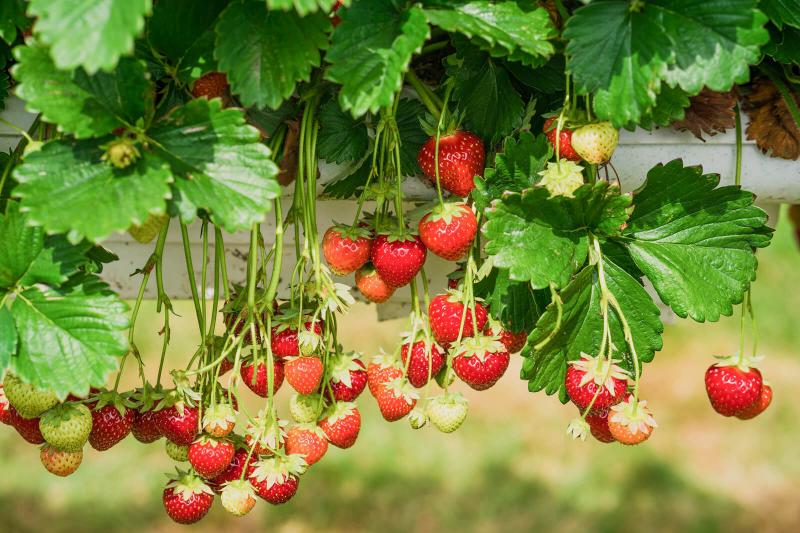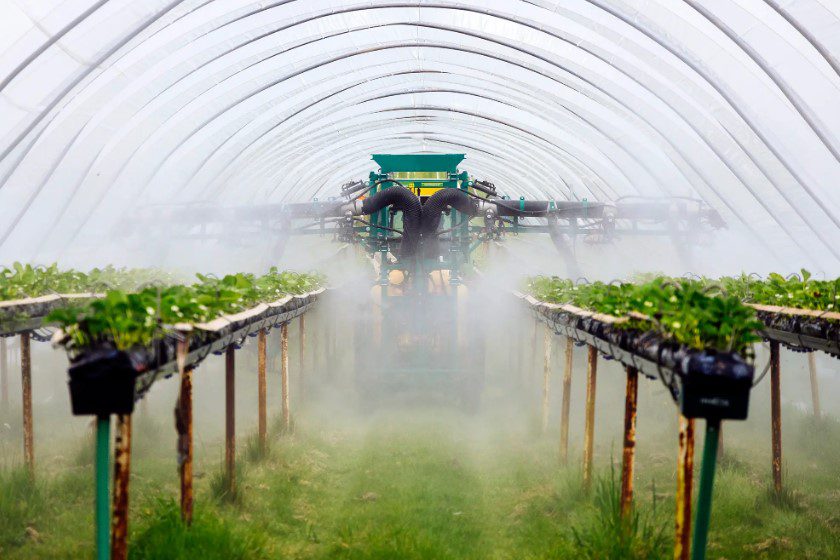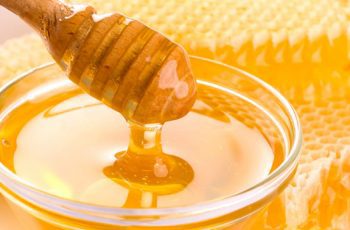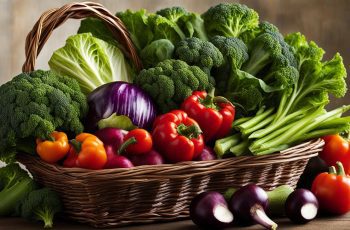People might be a little apprehensive about this. A new Dirty Dozen list is released each year by the Environmental Working Group, in which fruits and veggies rank on danger list that contribute the most to pesticide levels in your system.
For the second year in a row, juicy strawberries have topped the list of most popular foods.

To “educate the public about fruits and vegetables with the highest and lowest pesticide residues so consumers can make the best decisions for their families,” the Environmental Working Group publishes its annual Dirty Dozen and Clean 15 lists.
Conventional farming relies heavily on the use of chemical pesticides, but many researchers are concerned that new compounds are being developed without adequate testing to ensure their safety.
Pesticides are regularly sprayed on the skin of most unpeeled fruits and vegetables, making them a potential source of pesticide contamination. Most fruits on the EWG’s list tested positive for at least two pesticides, according to their findings.
“A single sample of kale, collard, and mustard greens had up to 21 different pesticides,” EWG also said. “On average, spinach samples had 1.8 times as much pesticide residue by weight as any other crop tested.”
The ‘Dirty Dozen’ 2022 list
- strawberries
- spinach
- kale, collard, and mustard greens
- nectarines
- apples
- grapes
- bell and hot peppers
- cherries
- peaches
- pears
- celery
- tomato
The Biden administration banned the use of chlorpyrifos, a pesticide linked to brain damage in children, just last year. There are still dozens of pesticides in use today that have been linked to adverse effects on the nervous, endocrine, and reproductive systems in animals or humans, as well as the possibility of causing cancer.
Avocados, sweet corn, papaya, onions, kiwi, cabbage, mangoes, and other fruits and vegetables with peels, skins, or husks typically removed before consumption made up the Clean 15. Mushrooms and asparagus are notable exceptions to the peel pattern on the list of nontoxic all-stars.

In this year’s “clean” asparagus rankings, an enzyme in the spring stalk known to break down malathion, a pesticide used to control beetles, may play a role. There are many types of edible mushrooms that don’t need sunlight and are grown in highly controlled indoor environments, where pest problems require a different approach than conventional crop pesticides.
As a result of the EWG’s tactics, critics like the Alliance for Food and Farming (AFF) argue that the group’s tactics are leading some cash-strapped shoppers to choose quick and processed ingredients over whole foods in order to avoid pesticides.
Consumers are advised by the American Farm Bureau Federation and the Food and Drug Administration to avoid eating lettuce and other leafy greens’ outer layer by rinsing them with tap water and gently scrubbing them without soap.




